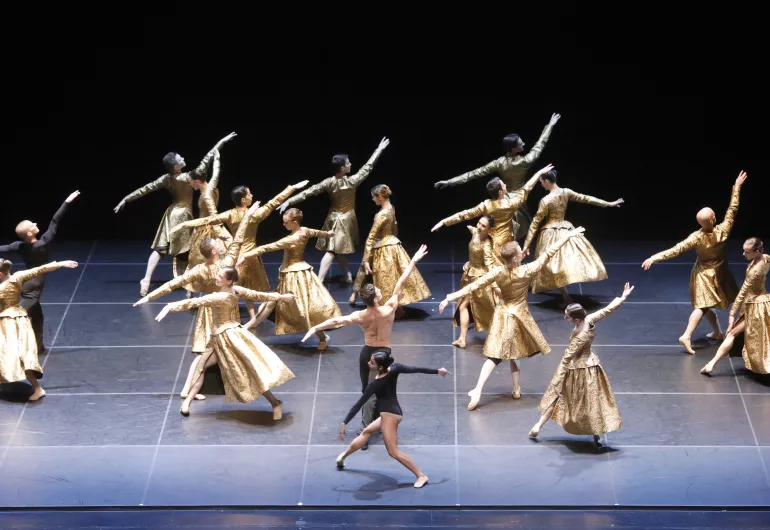Northrop is closed Mon, Sep 22 until 5:30 pm
East entrance doors will open at 5:30 pm to event attendees with tickets and matching IDs.
East entrance doors will open at 5:30 pm to event attendees with tickets and matching IDs.

Backstage: the part of the theater which is not seen by the audience, including dressing rooms, wings and the green room.
Box Office: the place that sells tickets to a performance.
Cast: the people who perform in a show.
Choreographer: the person who creates dances and arranges movements for the performance.
Costumer: the person in charge of costumes for a show.
Stage Crew: all the people who work together backstage on a show except the cast.
Downstage: the part of the stage which is closest to the audience.
Dressing Rooms: rooms in the theater provided for the actors where they change their costumes and put on make-up.
Green Room: a place for the performers to relax while waiting to go on stage.
House: used to describe the audience or as a short way of saying “Front of House”.
House Manager: the person in charge of the theater auditorium and anything to do with the audience.
Offstage: the area of the stage which the audience cannot see.
Orchestra Pit: an area at the front of house, usually sunken, where musicians and conductor are located during performances with live music.
Props: objects (except costumes or set pieces) that are used on stage by the actors or performers.
Rehearsal: repeated practice in preparation for a performance.
Set: the setting of the stage for each act and all physical things that are used to change the stage for the performance.
Upstage: the area of the stage that is farthest away from the audience.
Wings: the areas of the stage that are to the sides of the acting area and are out of view - these areas are usually masked by curtains.